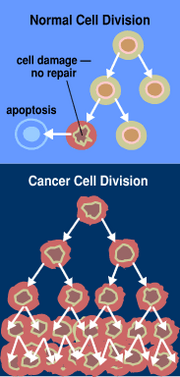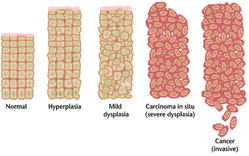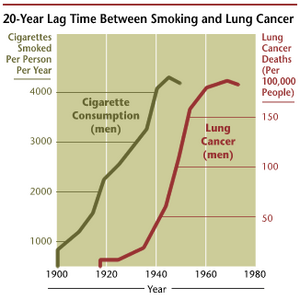BREAST cancer is the most common female cancer in the United States. Among African-American women, breast cancer occurs at a lower rate than it does for White women, but Black women have a higher death rate, according to Edith P. Mitchell, M.D., clinical professor of the division of medical oncology at Thomas Jefferson University in Philadelphia. Mitchell is co-author of Racial Differences in Cancer: A Comparison of Black and White Adults in the United States, a new study in the Pfizer Facts series.
After a breast cancer diagnosis, surgery can remove as much cancer as possible, though some cancer cells may remain in the patient's body and continue to multiply. This does not happen to everyone, but when it does, it is called recurrence, Mitchell says.
"The most frequent time of recurrence is in the first two years after treatment of breast cancer," Mitchell says. Overall, 30 percent of women cancer patients nationally do not experience recurrence within five years, research shows.
Doctors consider a number of factors when attempting to assess the risk of breast-cancer recurrence. The most useful way to assess risk for recurrence is to see if cancer cells are present in the lymph nodes in the underarm area, Dr. Mitchell says. Women with cancer cells in the lymph nodes are more likely to experience a recurrence than women who do not.
Doctors also use other factors to assess the risk for recurrence--tumor size (the smaller the tumor, the lower the risk), cell growth (cancer cells that grow more slowly are linked to a lower risk for recurrence), and the look and shape of cells under a microscope (the more a cancer cell resembles a normal cell, the lower the risk for recurrence).
The presence of hormone receptors in the tumor cells is also important. When these receptors are present, the tumor cells depend on hormones such as estrogen or progesterone for growth. Women whose tumors are hormone-receptor-positive have a lower risk of recurrence than women whose tumors are hormone-receptor-negative.
Physicians provide various anti-cancer treatments after surgery in an attempt to destroy cancer cells that may have broken away from the breast tumor and spread to other parts of the body.
To eliminate any remaining tumor cells in the body and to decrease the likelihood that the cancer will return, chemotherapy and/or hormonal therapy are often recommended as adjuvant treatment after either mastectomy or breast-conserving treatment.
Advances in adjuvant therapies have decreased the risk of death related to breast cancer by 20 to 30 percent, and can increase the chance of curing breast cancer, studies show.
Understanding your risk for recurrence may seem complicated, so talk to your doctor to learn about the risks and all of your treatment options.
COPYRIGHT 2005 Johnson Publishing Co.
COPYRIGHT 2005 Gale Group




